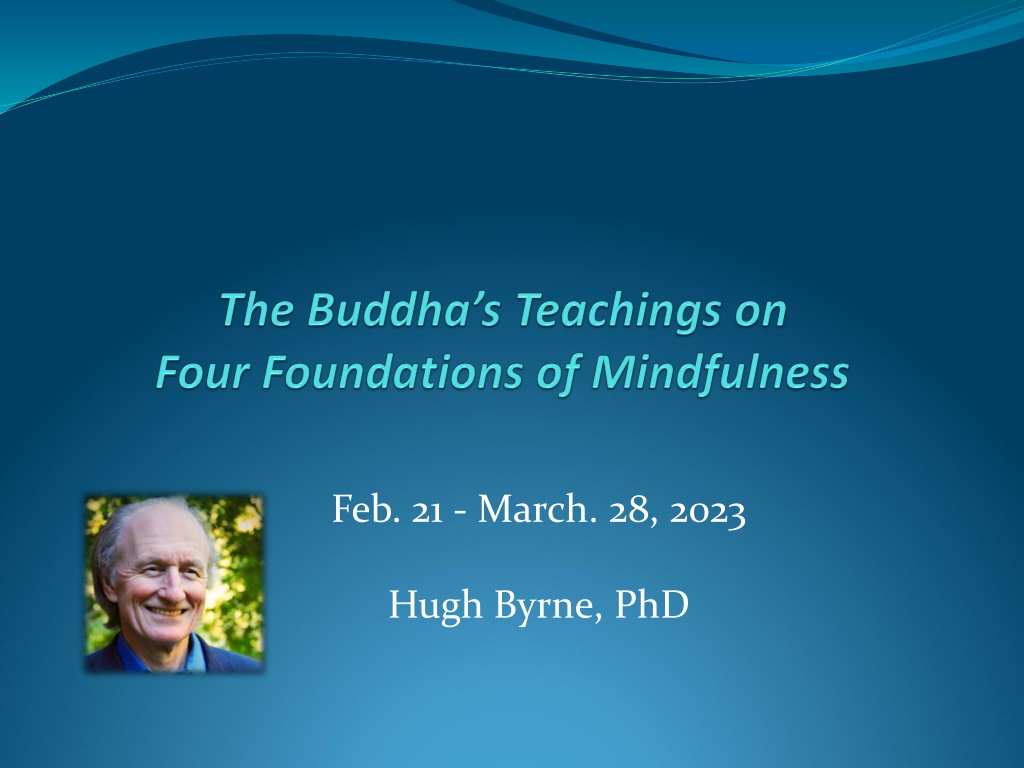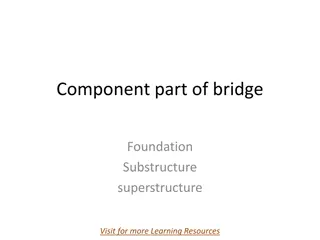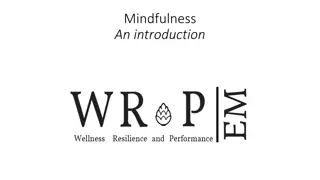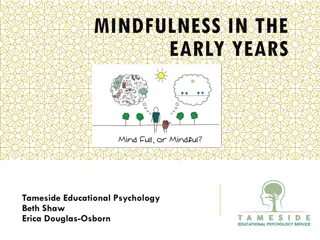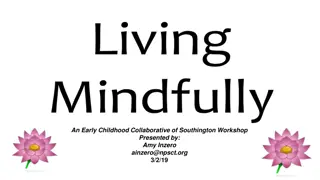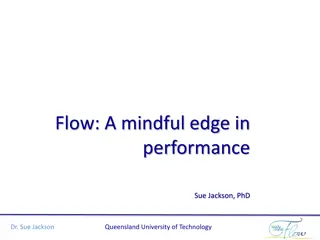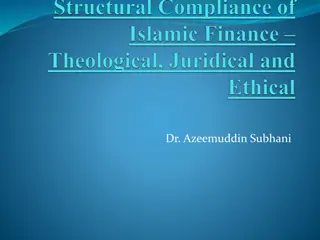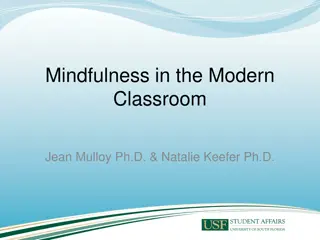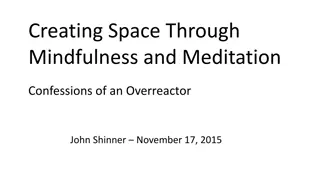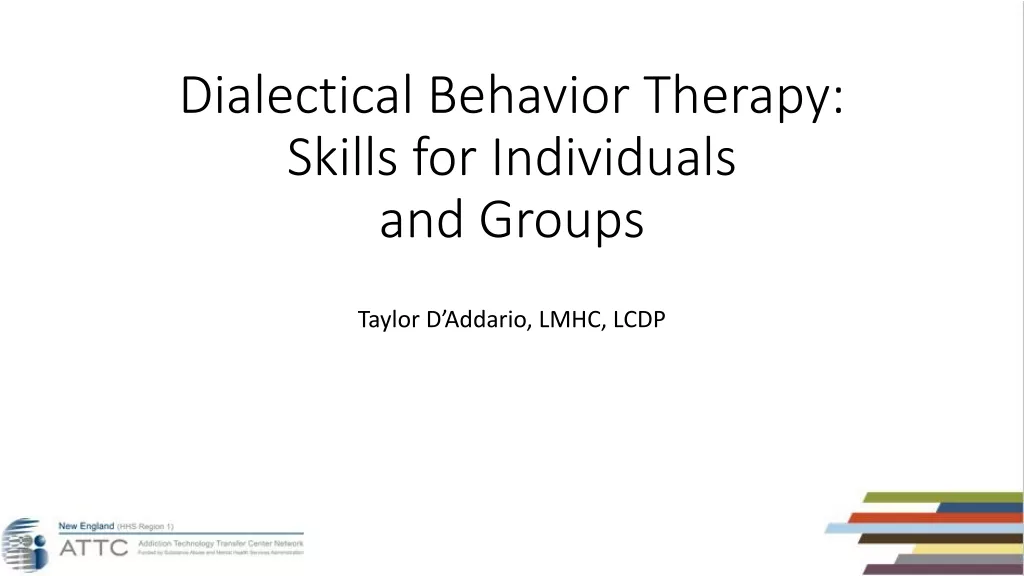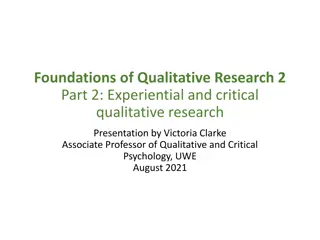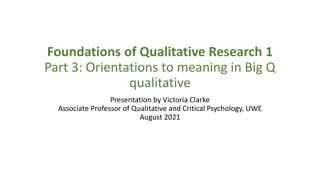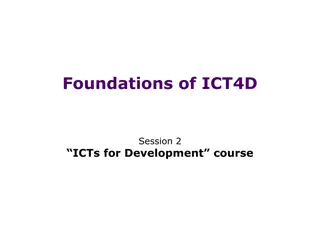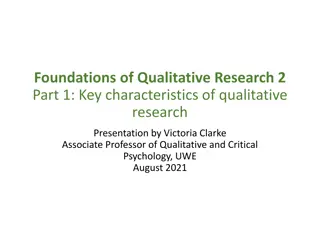Understanding the Four Foundations of Mindfulness
Explore the teachings of Buddha Siddhartha Gautama and his journey towards enlightenment, culminating in the profound discourse on mindfulness known as the Satipatthana Sutta. This discourse provides detailed instructions on practicing mindfulness in four key areas of experience, offering meditation practices that lead to liberation from suffering and ultimate freedom. The meaning of Satipatthana, as explained by Ven. Analayo, sheds light on the essence of mindfulness in this transformative practice.
Uploaded on Sep 29, 2024 | 0 Views
Download Presentation

Please find below an Image/Link to download the presentation.
The content on the website is provided AS IS for your information and personal use only. It may not be sold, licensed, or shared on other websites without obtaining consent from the author. Download presentation by click this link. If you encounter any issues during the download, it is possible that the publisher has removed the file from their server.
E N D
Presentation Transcript
Feb. 21 - March. 28, 2023 Hugh Byrne, PhD
Four Foundations of Mindfulness Introduction Elements of Life and Teachings of Buddha Siddhartha Gautama: Lived c. 563 483 BCE Born in Lumbini, current day Nepal Noble wealthy family, life of luxury, ease Sense of something missing (dukkha) Leaves home, enters homeless life (age 29) Studies, practices asceticism for six years 2
Four Foundations of Mindfulness Introduction Elements of Life and Teachings of Buddha Finds middle path awakening under Bodhi Tree First teaching on Four Noble Truths Forms monastic community (sangha) Teaches for 45 years in northern India Dies at 80 Teachings spread through Asia and beyond south (Theravada) north (Mahayana) and to Tibet/Mongolia (Vajrayana) 3
Four Foundations of Mindfulness Introduction The Buddha shared his major teaching on mindfulness in the Satipatthana Sutta, or discourse on the foundations of mindfulness According to scholar and translator Maurice Walshe, this discourse is generally regarded as the most important sutta in the Pali Canon, the authoritative teachings of the Buddha in the Theravadan tradition The Buddha described mindfulness as the direct path to liberation 4
Four Foundations of Mindfulness Introduction The Satipatthana Sutta is a discourse with detailed instructions on bringing mindfulness bare, non-judging awareness to our individual experience in four domains or areas: 1) mindfulness of the body; 2) mindfulness of the feeling tone of experience; 3) mindfulness of mind states; and 4) mindfulness of dhammas, or our experience through the lens of key Buddhist teachings In this discourse, the Buddha provides 13 different meditation practices within these four domains (body, feelings, etc.) that can take the practitioner to full liberation complete freedom from suffering (Nirvana/Nibbana). 5
Four Foundations of Mindfulness Introduction The meaning of Satipatthana Sati means mindfulness or awareness and upatthana means placing near or attending to something with mindfulness, according to Ven. Analayo Satipatthana, he argues, can best be translated as attending with mindfulness, (to the body, etc.) or presence of mindfulness with a balanced attitude and with mindfulness being present 6
Four Foundations of Mindfulness Introduction Main Elements and Structure of the Discourse 1. This is a talk that the Buddha gave to the Kurus at Kammasadhamma according to Ven. Analayo it was a later teaching given to advanced practitioners in the Delhi area 2. The Buddha said, this is the directpath (ekayano) that leads all the way to freedom, to Nirvana, complete freedom from suffering 3. A bhikkhu monk or practitioner abides contemplating the body (feelings, etc.) with these four qualities of heart and mind: (over) 7
Four Foundations of Mindfulness Introduction Main Elements and Structure of the Discourse diligent bringing a balanced and sustained energy to one s contemplation, not rigid but determined clearly knowing practicing with wisdom, fully grasping and comprehending what is taking place mindful cultivating a non-judging awareness of one s own experience free from desires and discontent in regard to the world letting go of the hindrances that make it difficult to be mindful, to practice, and with the mind concentrated on the task. 8
Four Foundations of Mindfulness Introduction Main Elements and Structure of the Discourse 4. There are 13 practices of mindfulness in the Satipatthana Sutta six related to the body, one to feelings, one to mind states, and five to dhammas. Regarding mindfulness of breathing, the Buddha instructs the practitioner to: Find a suitable place to meditate and establish an appropriate posture Bring awareness to the breath (in-breath and out-breath) With awareness of the breath, experience the whole body With awareness of the breath, calm the body 9
Four Foundations of Mindfulness Introduction Main Elements and Structure of the Discourse 5. After each of the thirteen mindfulness practices, the Buddha repeats a refrain : The meditator abides contemplating the body: internally, externally, and both internally and externally Contemplates the nature of arising in the body, the nature of passing away, and both arising and passing away Mindful that there is a body is established to the extent necessary for bare knowledge and continuing mindfulness He/she/they abide independent, not clinging to anything in the world 10
Four Foundations of Mindfulness Introduction Main Elements and Structure of the Discourse 6. Then, for the other twelve practices of mindfulness, the definition of how one practices (diligent, clearly knowing, etc.) applies to each of these meditations though it is not repeated and the refrain is repeated after each one (body, postures, activities, etc.) After the final practice exploring one s experience through the framework of the four noble truths and the final repetition of the refrain, the Buddha makes a prediction (over): 11
Four Foundations of Mindfulness Introduction Main Elements and Structure of the Discourse The Buddha s prediction : If anyone should develop these four satipatthanas in such a way for seven years (down to seven days), one of two fruits could be expected of them: final knowledge here and now or if there is a trace of clinging left, non-returning the two highest stages of freedom The Buddha concludes that this is the direct path for the disappearance of dukkha and discontent for the realization of Nibbana , the end of suffering 12
Four Foundations of Mindfulness 1. Mindfulness of the Body The goal of each of the four main practices in the Satipatthana Sutta bringing mindfulness to the body, feelings, etc. is to gain liberating insight into the truth about life and free ourselves completely from the clinging that leads to suffering. They can be seen as four gateways, each leading to the same goal freedom from suffering Mindfulness of the body was seen by the Buddha as of exceptional importance on the path of awakening 13
Four Foundations of Mindfulness 1. Mindfulness of the Body There is one thing that when cultivated and regularly practiced leads to deep spiritual intention, to peace, to mindfulness and clear comprehension, to vision and knowledge, to a happy life here and now, and to the culmination of wisdom and awakening Mindfulness centered on the body. (Buddha) If the body is not cultivated, the mind cannot be cultivated. If the body is cultivated, the mind can be cultivated. (Buddha) Within this fathom-long body, with its perceptions and inner sense, lies the world, the cause of the world, the cessation of the world, and the path that leads to the cessation of the world. (Buddha) 14
Contact Websites: www.hugh-byrne.com www.mindfulnesstraining.org www.imcw.org E-mail: hughgbyrne123@gmail.com Meditations: www.insighttimer.com/hughbyrne 15
